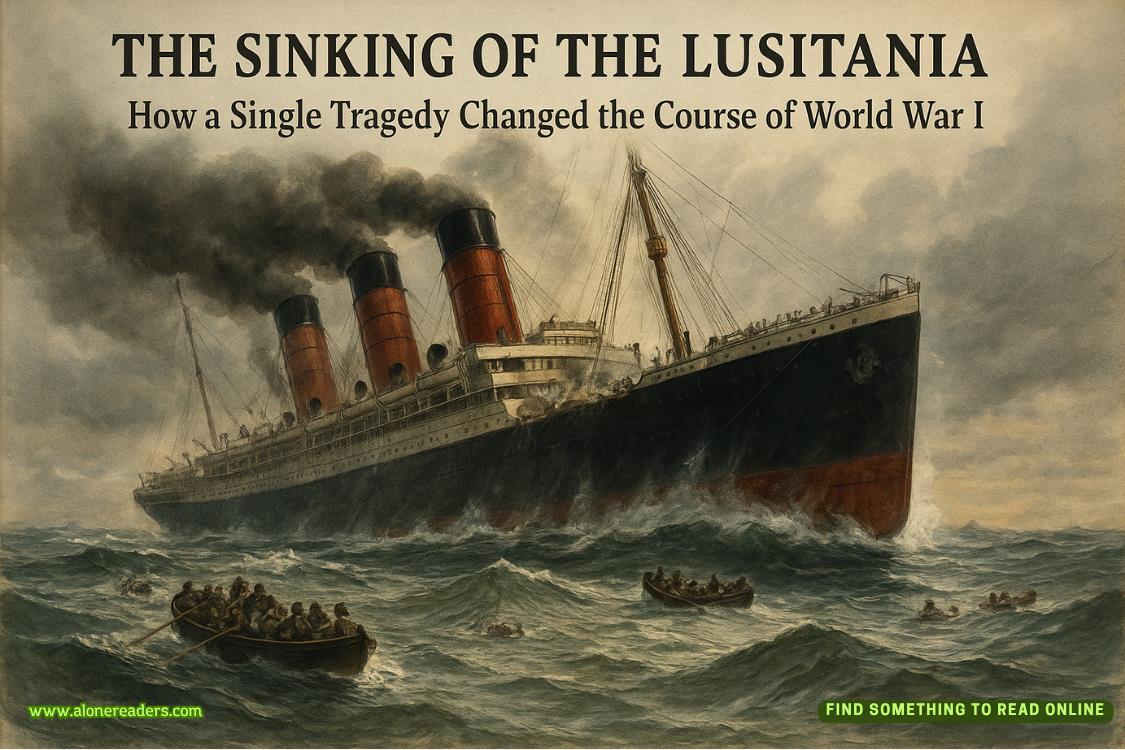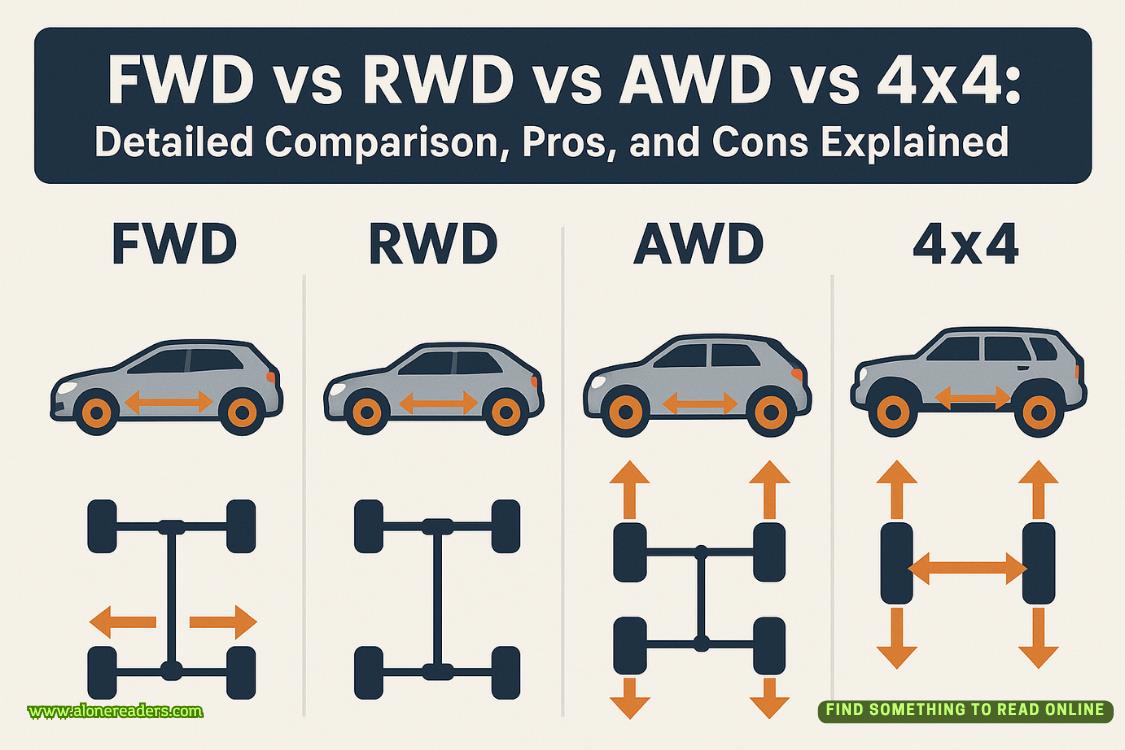Page 33 of Escorting the Bodyguard
11
Gemma
The showcase buzzeswith energy around me, designers and buyers weaving between booths like they’re hunting for treasure.
My hands shake as I smooth a price sheet, and I wonder if anyone can tell this is my first time pretending to be a real designer.
My booth is small but carefully arranged, with three mannequins and coordinated displays showcasing fifteen pieces I’ve poured my heart into over the past month.
Business cards reading simply “Gemma” in elegant script sit in neat stacks beside a price list that still makes my stomach flutter when I look at it. The lighting I splurged on casts everything in a warm glow that makes the silk and lace look even more luxurious than they already are.
Six weeks ago, I was someone men paid to want. Today I’m asking strangers to value something I created with my own hands. The difference should feel liberating. Instead, it’s terrifying.
What if they see right through me? What if they realize I’m just playing dress-up, that I don’t have formal training or connections or any of the things real designers have? What ifI’m fooling myself into thinking I can build something legitimate from the ruins of my old life?
The path here feels impossible every time I think about it. Six weeks ago, I was spiraling–-Ford gone, my career over, pregnant and alone.
Then Rae placed that first order of three pieces she couldn’t stop raving about. She sent a selfie wearing a scarlet silk bralette to some of the other girls from the agency, and suddenly two more girls were asking for pieces.
When I mentioned I’d been working on a few extra designs, Rae got that scheming look in her eyes.
“There’s a showcase in Brooklyn,” she’d said, leaning forward with excitement. “My new guy knows someone who knows someone. You should apply.”
I’d laughed but applied anyway. Partly out of curiosity, mostly out of desperation.
I needed something to focus on besides the growing life inside me and the man who’d walked away from us both.
When I got accepted for a last-minute spot after another designer dropped out, the terror set in. What was I thinking?
But then I look at my pieces, bras and panties in silk and lace, matching camisole sets, a few bodysuits that show my range, and a sense of calm clicks into place. These are mine. Every French seam, every delicate strap adjustment, every choice about how lace should fall against silk.
I may not have a degree, but I have something else: lived experience. And I’ve turned that into something I’m proud of.
A woman in an expensive blazer approaches one of my mannequins, running her fingers along the seam of a champagne silk camisole. I hold my breath as she examines the construction, testing the fit and finish I spent hours refining.
“Excuse me.” The woman approaches me with a friendly smile. “I’m Sarah Garcia from Silk & Stone Intimates. These pieces are gorgeous. Do you have wholesale pricing?”
My heart jumps. “Yes, absolutely. Let me get you that information.”
I hand her a pricing sheet, praying my voice sounds steadier than I feel. We talk minimums and lead times. The numbers are manageable if I'm strategic. I've already been thinking about how to scale up if this day went well.
“Your French seams are impeccable,” she says, examining the camisole more closely. “And this bias cut—how did you achieve this drape without any pulling at the hip line?”
“I cut the panels on a thirty-degree bias instead of the standard forty-five,” I explain. “It gives you the drape without the stretch distortion. Then I used a silk organza stay tape along the seam line to prevent any rolling.” I point to the nearly invisible detail work. “Most manufacturers skip that step because it’s time-intensive, but it’s what transforms a garment into something that makes you feel incredible when you wear it.”
Sarah’s eyebrows rise. “That’s...very sophisticated. Most designers I work with don’t understand bias cutting at that level.”
The words hit me like a small revelation. I wasn’t trying to impress her with technical jargon—I was just explaining what I did. But apparently what I did was sophisticated. Professional. The kind of thing other designers don’t consider.
“Your construction knowledge is excellent,” she continues, examining a lace bralette. “What’s your background?”
“I’m self-taught, but I’m passionate about fit and construction,” I say. “I got tired of beautiful lingerie that didn’t work for actual bodies—women with curves, fuller proportions. We deserve pieces that make us feel amazing, not squeezed into someone else’s ideal.”
She nods approvingly. “That’s exactly what the market needs. So many of our customers complain about fit issues with other brands.” She examines the bralette again with new interest. “You’re solving a real problem. What’s your lead time on a fifty-piece minimum?”
My heart pounds. Fifty pieces? That’s more than I’ve made total. “Eight weeks for initial orders,” I hear myself say. “Six weeks for reorders once we establish the patterns.”
When she takes my card and promises to call next week about placing an order, I’m not just shocked—I’m proud.















